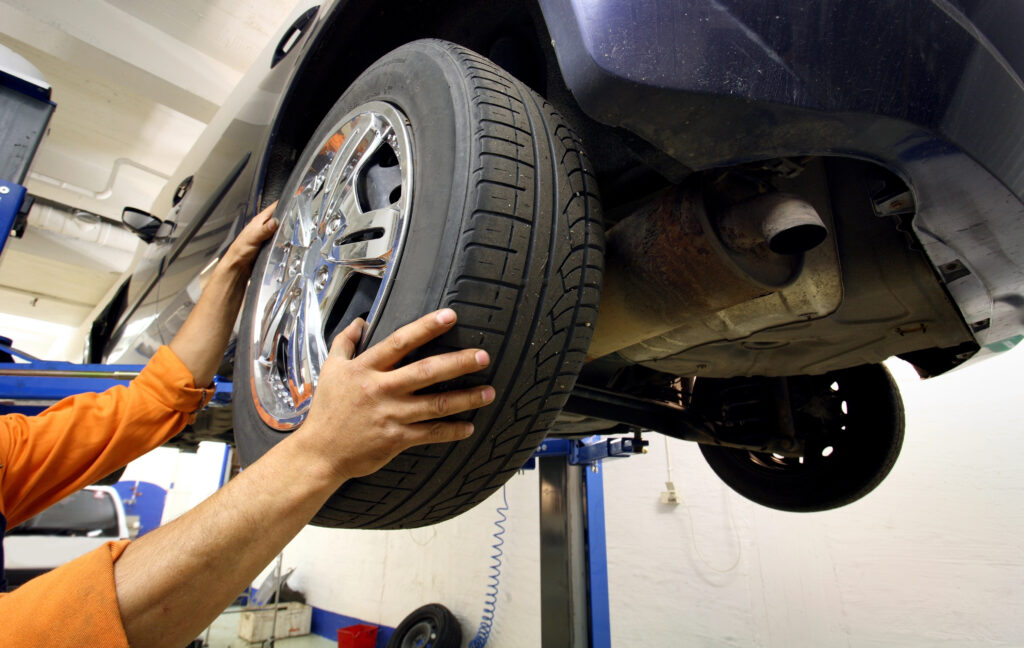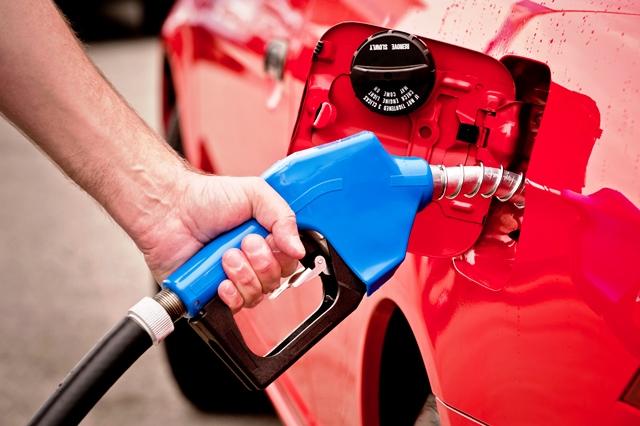
As the seasons change the things that can damage your car’s paint will change as well. If you are in a cold climate with snow and ice, salt and sand on the roads can be a problem. In Florida, the sun is less powerful in the winter but other natural factors such as bird droppings may cause more issues than other times of the year.
Car paint damage is often caused by various environmental and physical factors, many of which can be prevented with a few proactive steps. Here are some of the most common causes and ways to protect your car’s paint:
1. Sunlight and UV Rays
- Cause: Prolonged exposure to sunlight can fade and oxidize car paint, making it look dull and less vibrant.
- Prevention: Park in shaded areas, use a car cover, and regularly apply a UV-protective wax to create a barrier between the paint and the sun.
2. Bird Droppings
- Cause: Bird droppings contain acidic substances that can eat through paint layers, causing etching and discoloration.
- Prevention: Clean bird droppings off as soon as possible with a soft cloth and water. Using a spray detailer can also help remove residue without scratching the paint.
3. Tree Sap
- Cause: Tree sap hardens on car surfaces, becoming difficult to remove and damaging the clear coat.
- Prevention: Avoid parking under trees. If sap does get on the car, use an automotive tree sap remover or isopropyl alcohol on a soft cloth.
4. Road Salt and Sand
- Cause: In winter, road salt prevents ice, but it can corrode the paint and metal if left on the car for too long. Sand can scratch the paint as well.
- Prevention: Wash your car regularly during winter months, especially the undercarriage. Apply a protective wax layer before winter to create a barrier.
5. Bug Splatter
- Cause: Bug splatters contain acidic components that can damage paint if left on for long periods.
- Prevention: Remove bugs promptly using a soft cloth and bug remover or warm soapy water.
6. Gasoline
- Cause: Gasoline spills can strip wax layers, leading to dull and damaged paint.
- Prevention: Avoid overfilling your tank, and if gasoline spills, immediately clean it with a soft cloth and water.
7. Water Spots
- Cause: Water spots form when mineral deposits in water evaporate on the paint, potentially causing etching.
- Prevention: Avoid air-drying after washing. Instead, use a microfiber towel to dry the car to prevent spots from forming.
8. Harsh Cleaning Products
- Cause: Abrasive or harsh chemicals can strip wax, damage clear coats, and even fade paint.
- Prevention: Use car-specific cleaning products and soft materials when washing.
9. Automatic Car Washes
- Cause: Brushes and harsh chemicals in automatic washes can cause micro-scratches and wear down protective layers.
- Prevention: Hand wash your car or use a touchless car wash, and always use gentle products and methods.
10. Temperature Fluctuations
- Cause: Extreme changes in temperature can cause the paint to expand and contract, leading to cracking and peeling.
- Prevention: Store your car in a garage or covered area, especially during extreme temperatures.
Regular maintenance and proper cleaning techniques can significantly extend the life and appearance of your car’s paint. Econo recommends our customers regularly wash and wax their vehicles (after waiting at least 30 days after a new car paint job) to ensure the longevity of the paint job.
If the weather and other natural factors have taken a toll on the paint on your car, stop in to your nearest Econo Location for a free estimate. You may be surprised at how affordable our auto painting really is!
Show Your Car Some Love…




